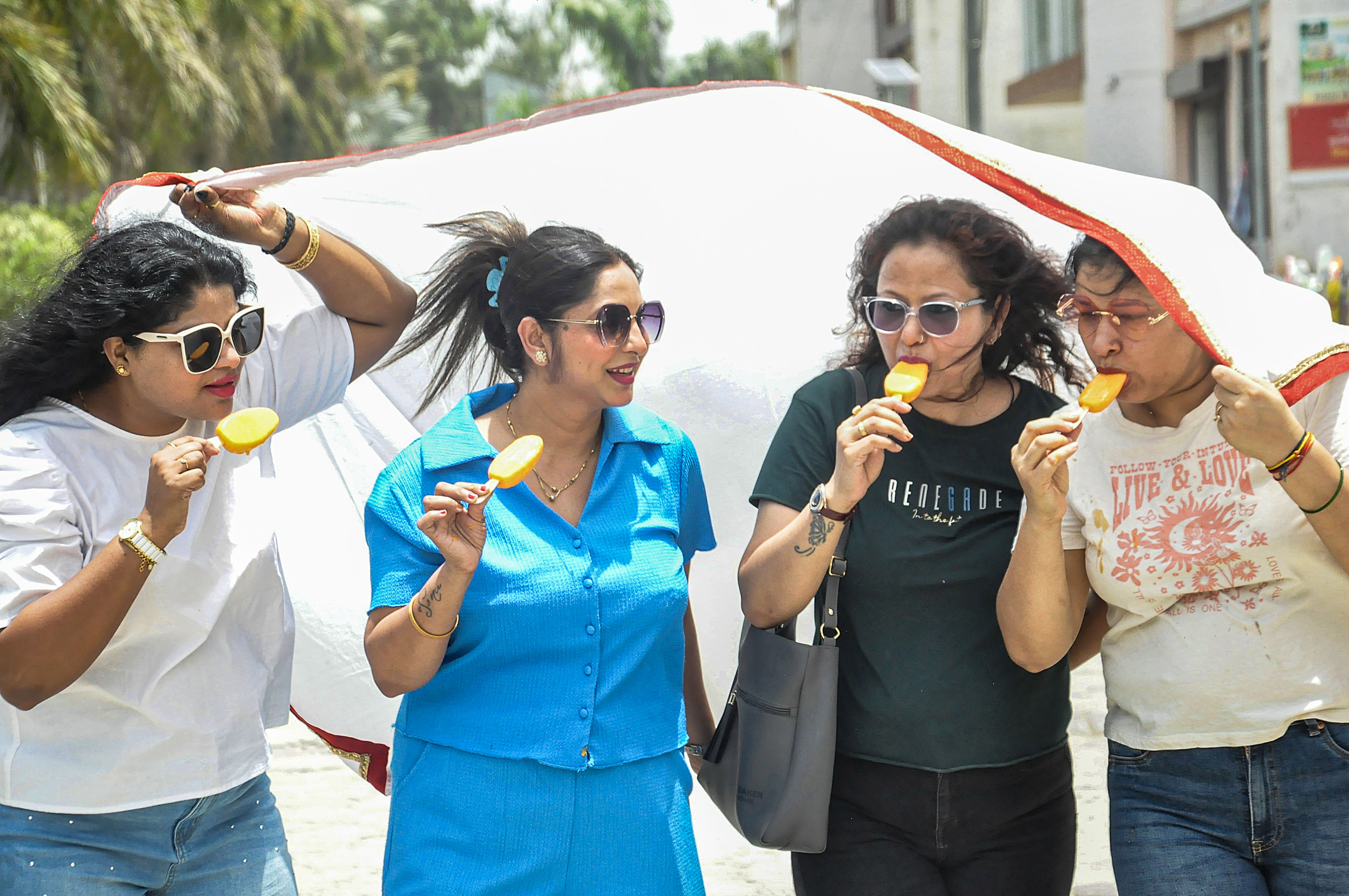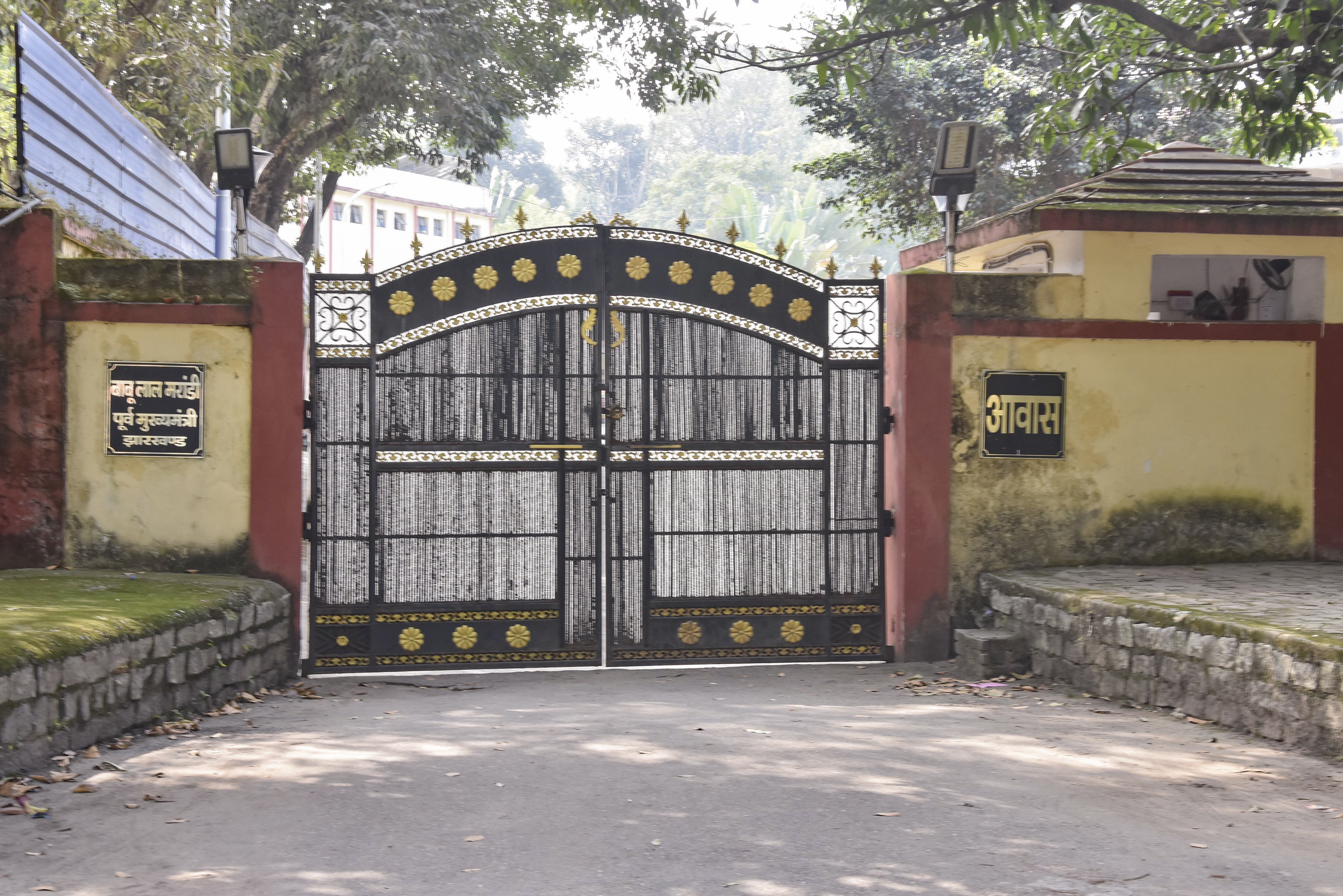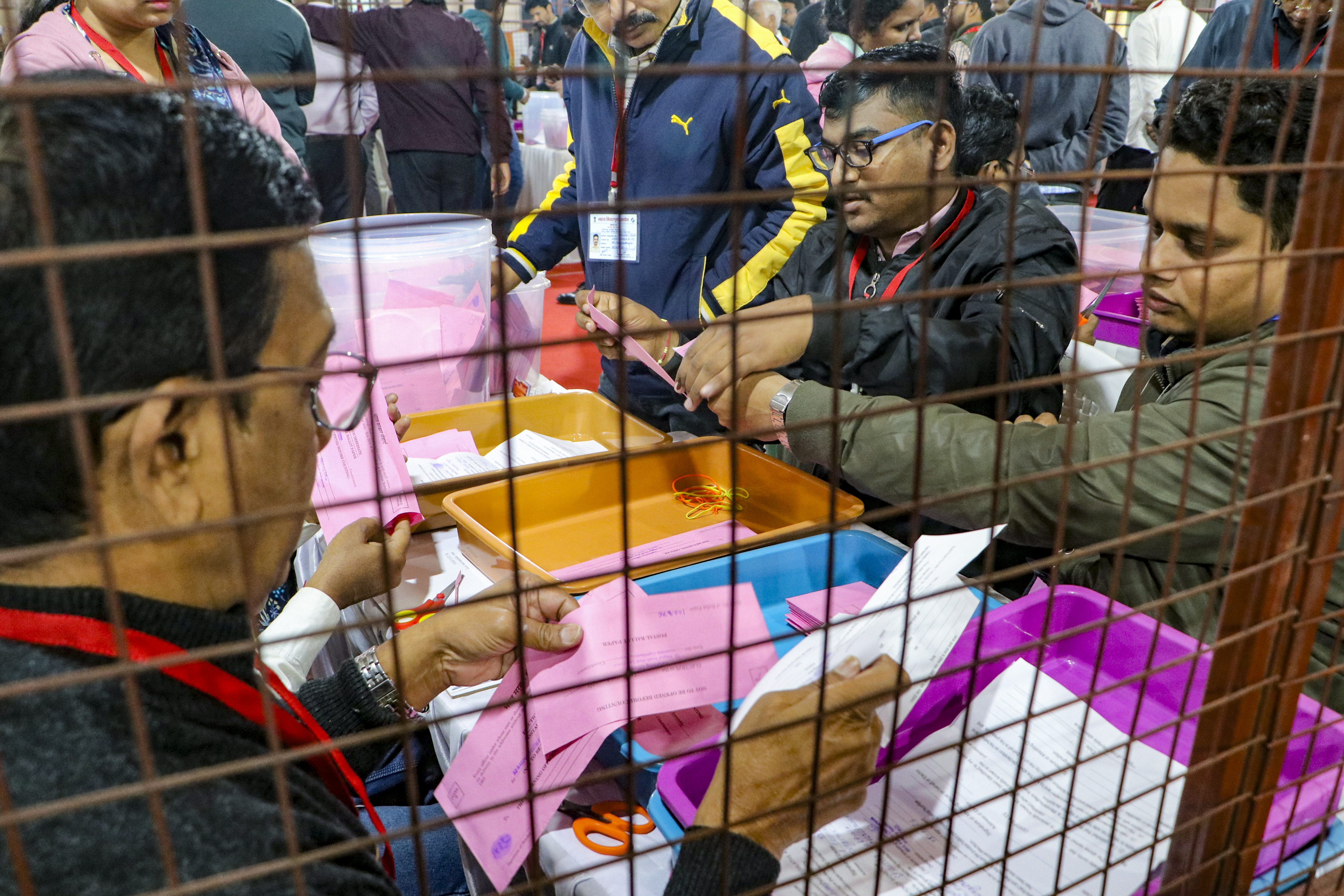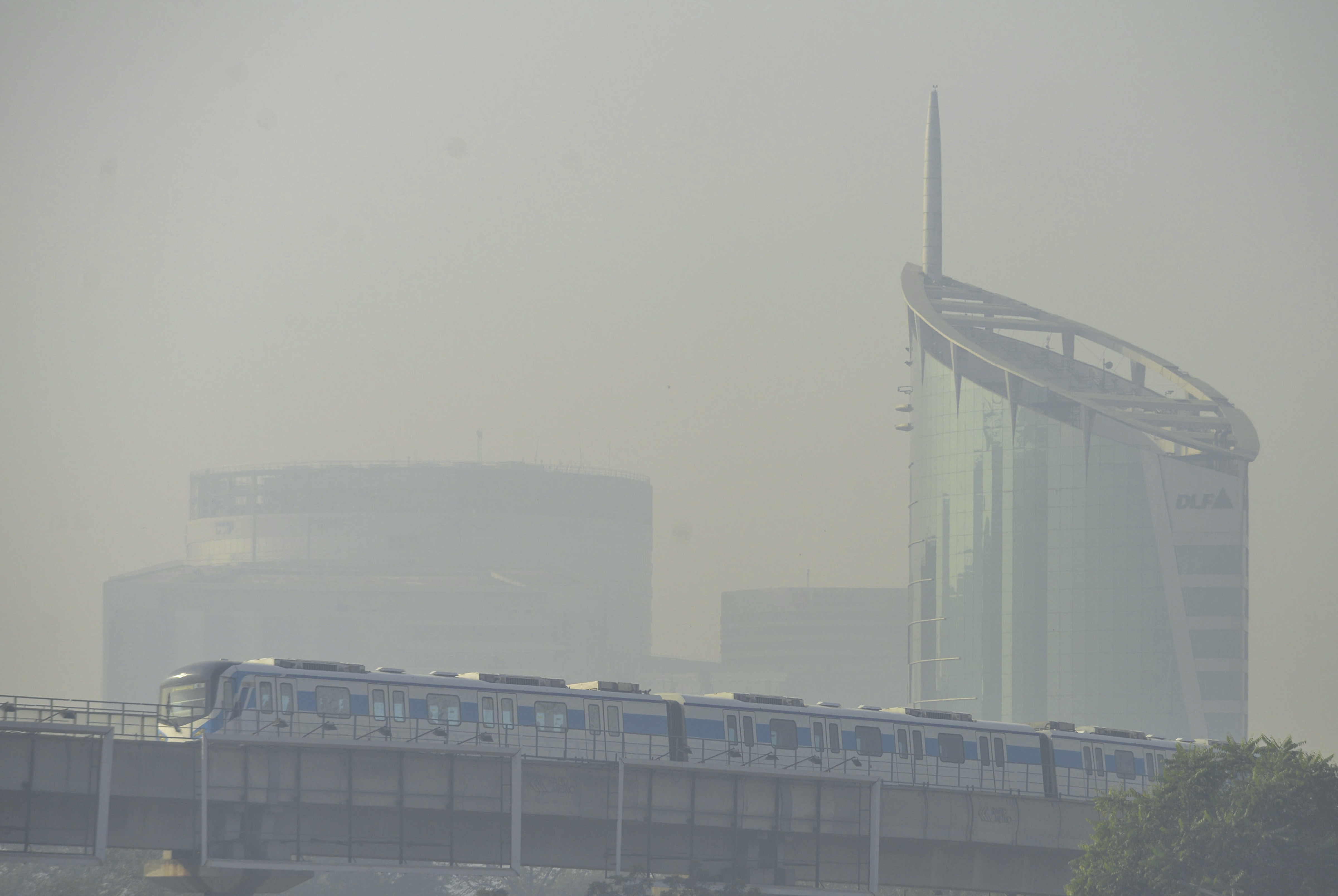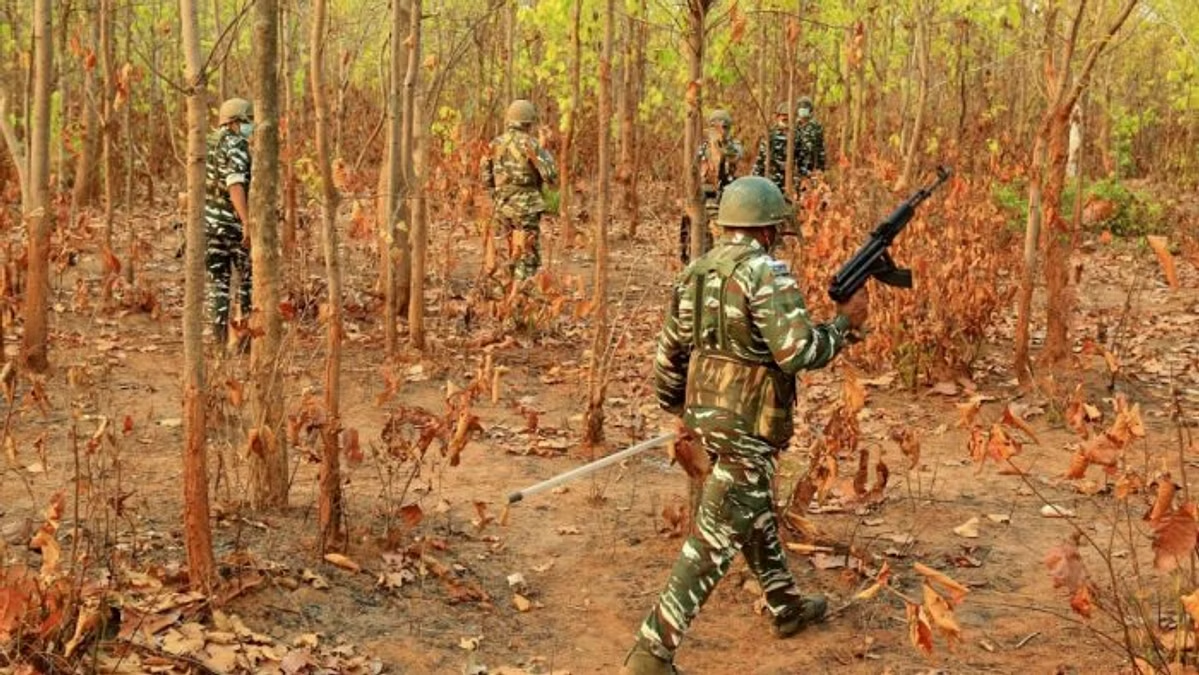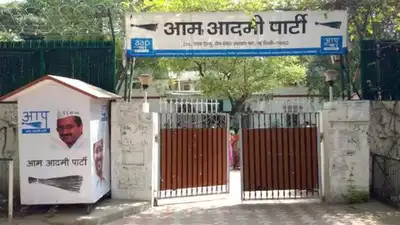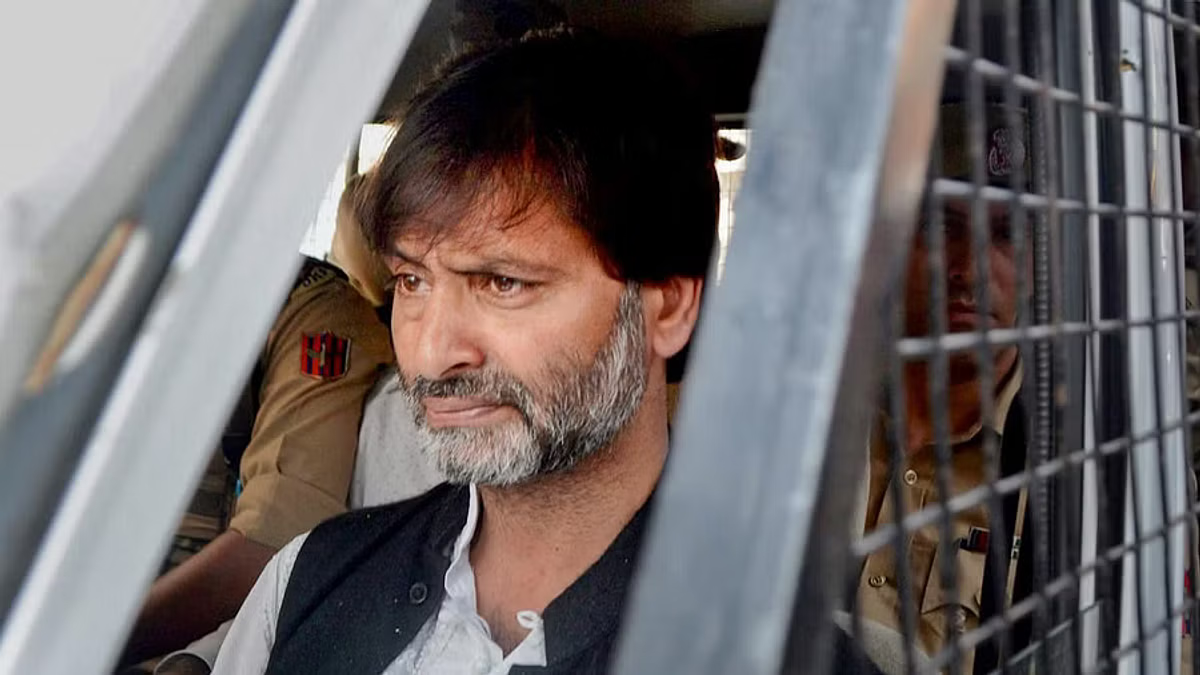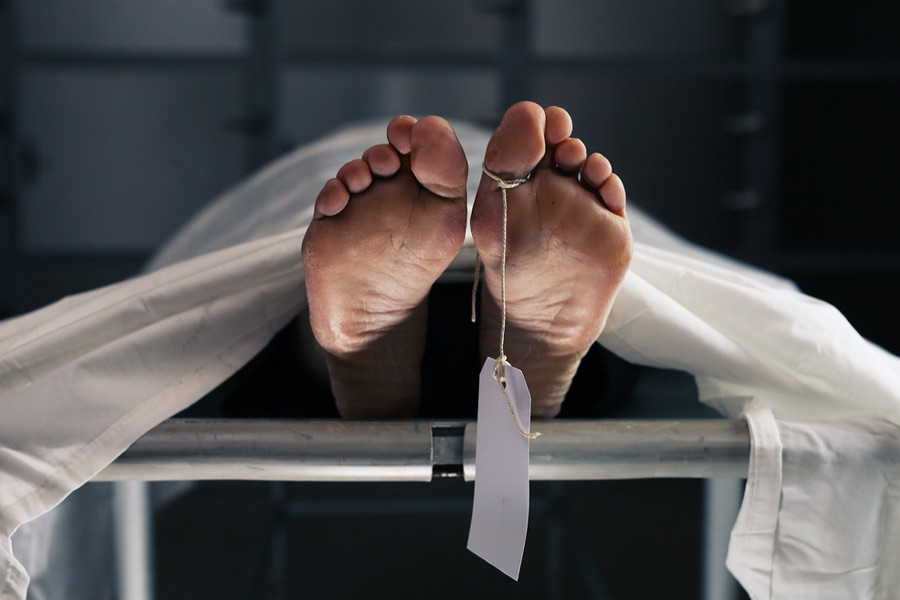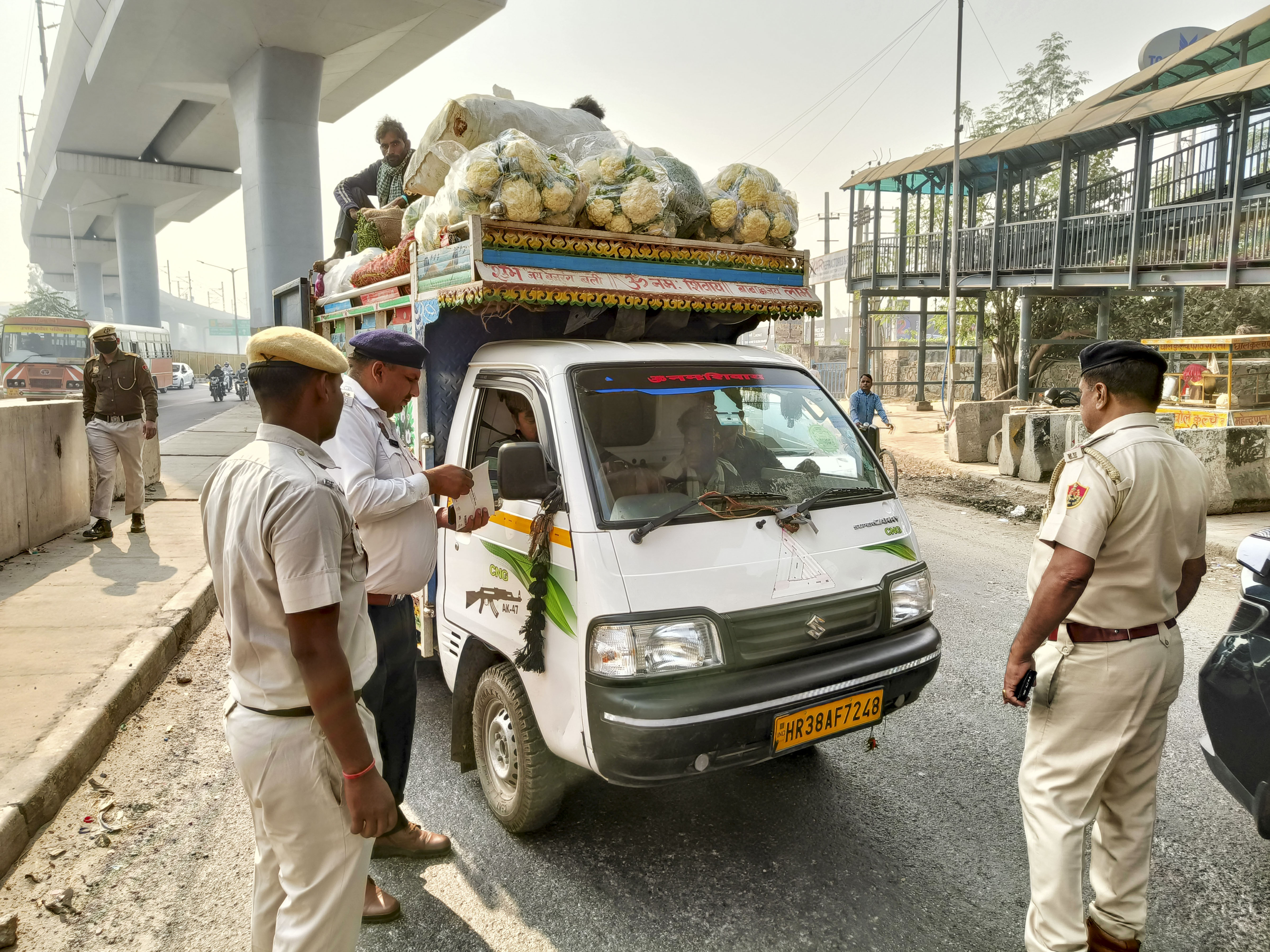Brutal heatwave: Toll climbs to 143, actual numbers could be high
According to the official data, on June 20 itself there have been 14 confirmed deaths due to heatstroke and nine deaths due to suspected heatstroke
PTI
-
Representative photo
New Delhi, 21 June
The prolonged heatwave sweeping large parts of the country has claimed more lives, with 143 recorded deaths and 41,789 people suffering from suspected heatstroke between 1 March and 20 June this year, Health Ministry sources said on Friday.
However, the heatwave toll is
expected to be higher than this as the data compiled under the National
Heat-Related Illness and Death Surveillance by the National Centre for Disease
Control (NCDC) does not have updated submissions from states.
Several health facilities are also
yet to upload data on number of heatwave casualties. According to the official
data, on June 20 itself there have been 14 confirmed deaths due to heatstroke
and nine deaths due to suspected heatstroke, taking the death toll in the
March-June period to 143 from 114.
Uttar Pradesh is the
worst-affected, having reported 35 deaths followed by Delhi (21) and Bihar and
Rajasthan (17 each), according to the data.
Union Health Minister JP Nadda on
Thursday asked officials to visit Central hospitals till the heatwave
conditions persist to see if separate arrangements have been made for affected
patients and also to assess the number of deaths due to heatstroke over the
last few days.
Swathes of northern and eastern
India have been in the grip of a prolonged heatwave, increasing heat stroke
casualties and prompting the Centre to issue advisory to hospitals to set up
special units to cater to such patients.
Nadda on Wednesday directed that
special heatwave units to be set up in all central government hospitals to
cater to those falling ill due to the heat. He also asked officials to ensure
all hospitals are prepared for providing the best healthcare to the affected as
he reviewed the situation across the country and preparedness of hospitals to
deal with it.
Under the directions of the Union
Health Minister, an advisory for State Health Department on 'Heat Wave Season
2024' has been issued by the health ministry.
"The country may observe above
normal seasonal maximum temperatures in-line with the observed trend of
summertime temperatures. To reduce health impacts of extreme heat, health
departments must ensure preparedness and timely response," the ministry
said.
The advisory asked state nodal
officers under the National Programme for Climate Change and Human Health
(NPCCHH) to start submitting daily the data on heatstroke cases and deaths and
total deaths from March 1 besides reporting under Heat-Related Illness and
Death Surveillance.
It called for maintenance of
digital line list of heatstroke cases and deaths (suspected/confirmed) at
health facility/hospital level in given formats and undertaking They have been
asked to ensure dissemination of National Action Plan on Heat Related Illnesses
(HRI) to all districts and strengthening of health systems preparedness for
HRI.
It stressed on dissemination of
early warning of heatwaves issued by the India Meteorological Department (IMD)
and said forecast for the next four days should be disseminated to health
facilities and vulnerable populations.
The advisory also directed for
health facility preparedness for prevention and management of severe HRI and
procurement and supply of adequate quantities of ORS packs, essential
medicines, IV fluids, ice packs, and equipments to support management of volume
depletion and electrolyte imbalance etc.
It also called for ensuring
availability of sufficient drinking water at all health facilities, general
cooling appliances in waiting and patient treatment area and their functioning
and stressed that cases with suspected heatstroke should be rapidly assessed
and actively cooled using standard treatment protocols.
"Coordinate with electricity
distribution company/corporation for uninterrupted electricity supply to
hospitals for constant functioning of cooling appliances. Adopt measures to
reduce indoor heat and energy conservation in health facilities like cool
roof/green roof, window shading, rainwater harvesting, solarization etc.
Provide shade outside the health facilities in heat-prone regions," the
advisory added.
Leave a Reply
Your email address will not be published. Required fields are marked *








